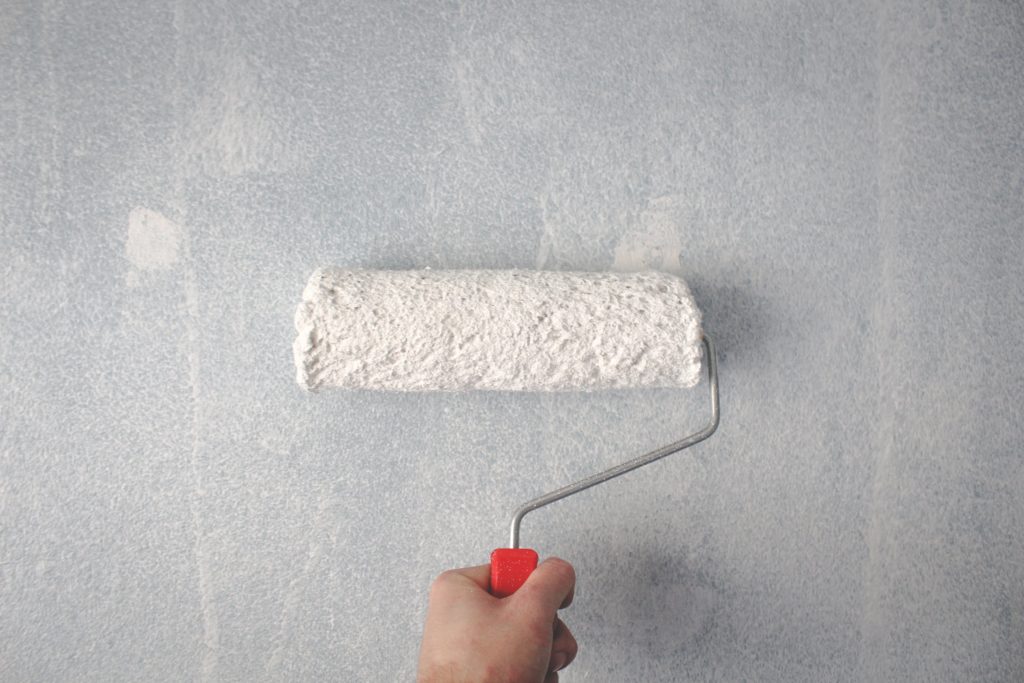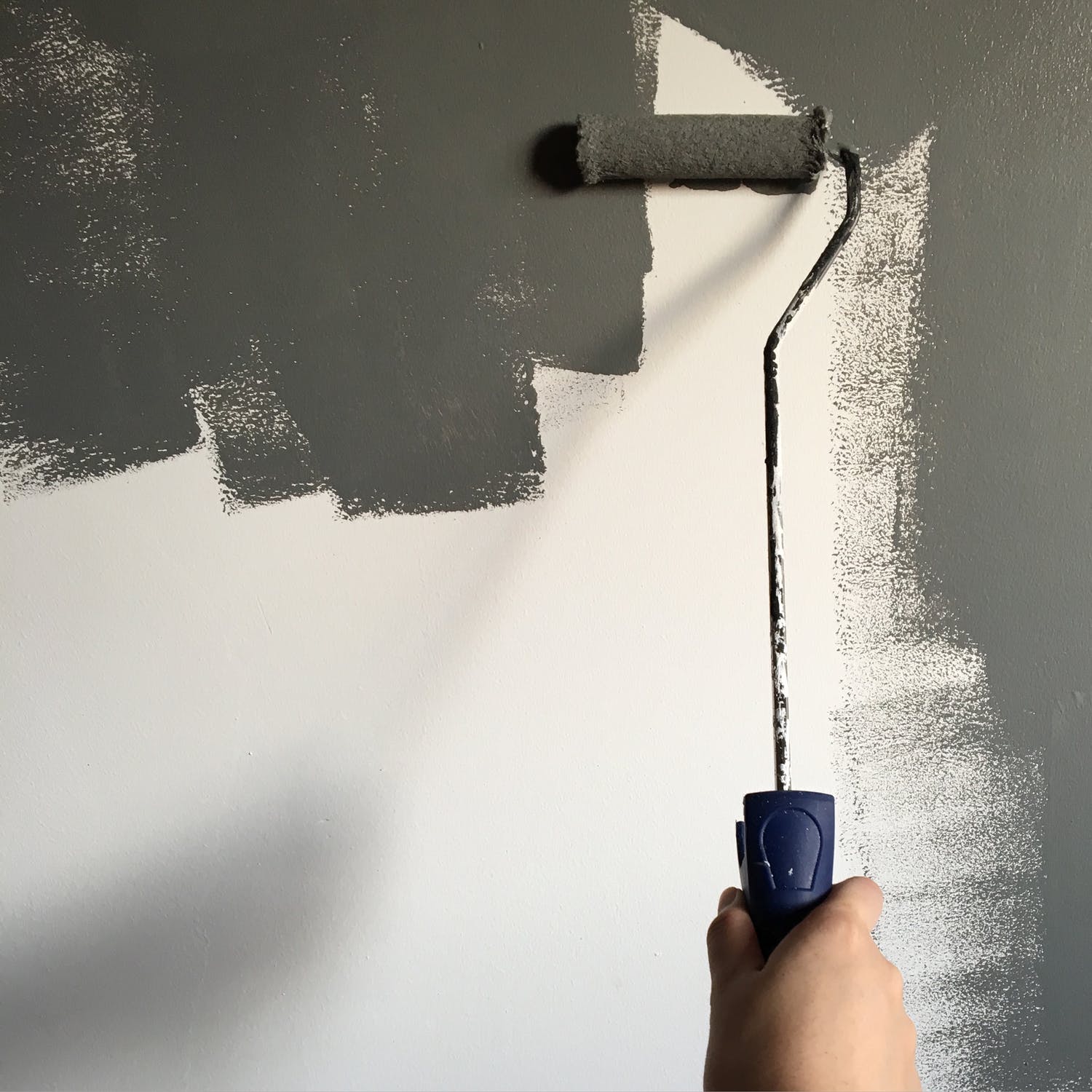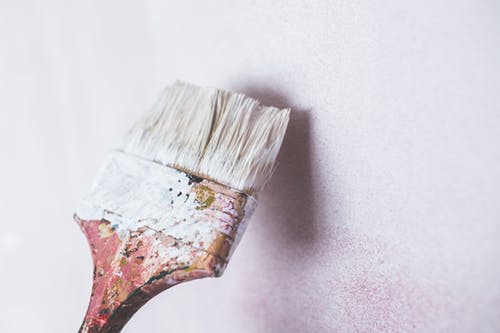How Does Basement Waterproofing Paint Work?

Does your basement feel musty, damp, and are puddles forming on the floor? The cause is often water seeping directly through the concrete foundation. While it looks impermeable, concrete is very porous and can let water in even if there are no other weaknesses. One way to prevent this is to paint the walls with waterproofing paint!
A word of caution: waterproofing paint doesn’t repair cracks or solve drainage issues around your foundation. Think of it as the icing on the foundation repair cake!
How Does Waterproofing Paint Work?
 Foundations made of concrete can be very porous. These pores give tiny amounts of moisture the opening they need to move into the low-pressure environment of the basement. If water is left to sit in the soil right up against the foundation, the exertion of hydrostatic pressure on the walls and natural capillary action will pull the water through the pores in the concrete. Moisture permeating this solid barrier is what causes many basements to feel damp and musty.
Foundations made of concrete can be very porous. These pores give tiny amounts of moisture the opening they need to move into the low-pressure environment of the basement. If water is left to sit in the soil right up against the foundation, the exertion of hydrostatic pressure on the walls and natural capillary action will pull the water through the pores in the concrete. Moisture permeating this solid barrier is what causes many basements to feel damp and musty.
This is why the paint you choose for your basement can be so important. Waterproofing paints are thicker paints that contain additives that fill in the pores of the concrete to create a barrier. This barrier prevents the seepage of moisture into your basement and protects the interior from any vapor.
This is crucial for preventing mold growth that you might not detect until it’s too late. When condensation forms between the drywall and concrete, it often just sits there, allowing mold to grow in the insulation. Waterproofing paint prevents this, stopping structural damage and health hazards.
Applying The Paint
 If you choose to paint it on yourself, remember that waterproofing paint is thicker than regular house paint, which means applying it can be harder than normal. Use a paintbrush around your windows, doors, and on the floor, ceiling, and corners, then roll on the rest. Choose a roller that is 3/4’’ or larger, as it will get the paint into the small pores of the concrete. Apply at least two coats of paint.
If you choose to paint it on yourself, remember that waterproofing paint is thicker than regular house paint, which means applying it can be harder than normal. Use a paintbrush around your windows, doors, and on the floor, ceiling, and corners, then roll on the rest. Choose a roller that is 3/4’’ or larger, as it will get the paint into the small pores of the concrete. Apply at least two coats of paint.
If you’re tired of rolling, an airless sprayer makes the job go faster. You can rent one, but make sure to use a nozzle tip that is the appropriate size for the thicker paint, one that is between 0.023″-0.025″.
Waterproofing Paint Is Never Enough
If you have drainage issues, you shouldn’t just roll special paint onto your basement walls and consider the job done. While great at sealing the pores in concrete, waterproofing paint can’t repair cracks or major structural damage. It should be the last layer of interior repairs, and part of the process that fixes your foundation both inside and out!
Waterproofing paint can protect your basement if the concrete allows moisture through when it’s raining or the snow is melting. But the best waterproofing solutions start from the exterior of the home. The best preventative is not allowing water to stay by the foundation in the first place – waterproofing paint is just an extra layer of defence!
